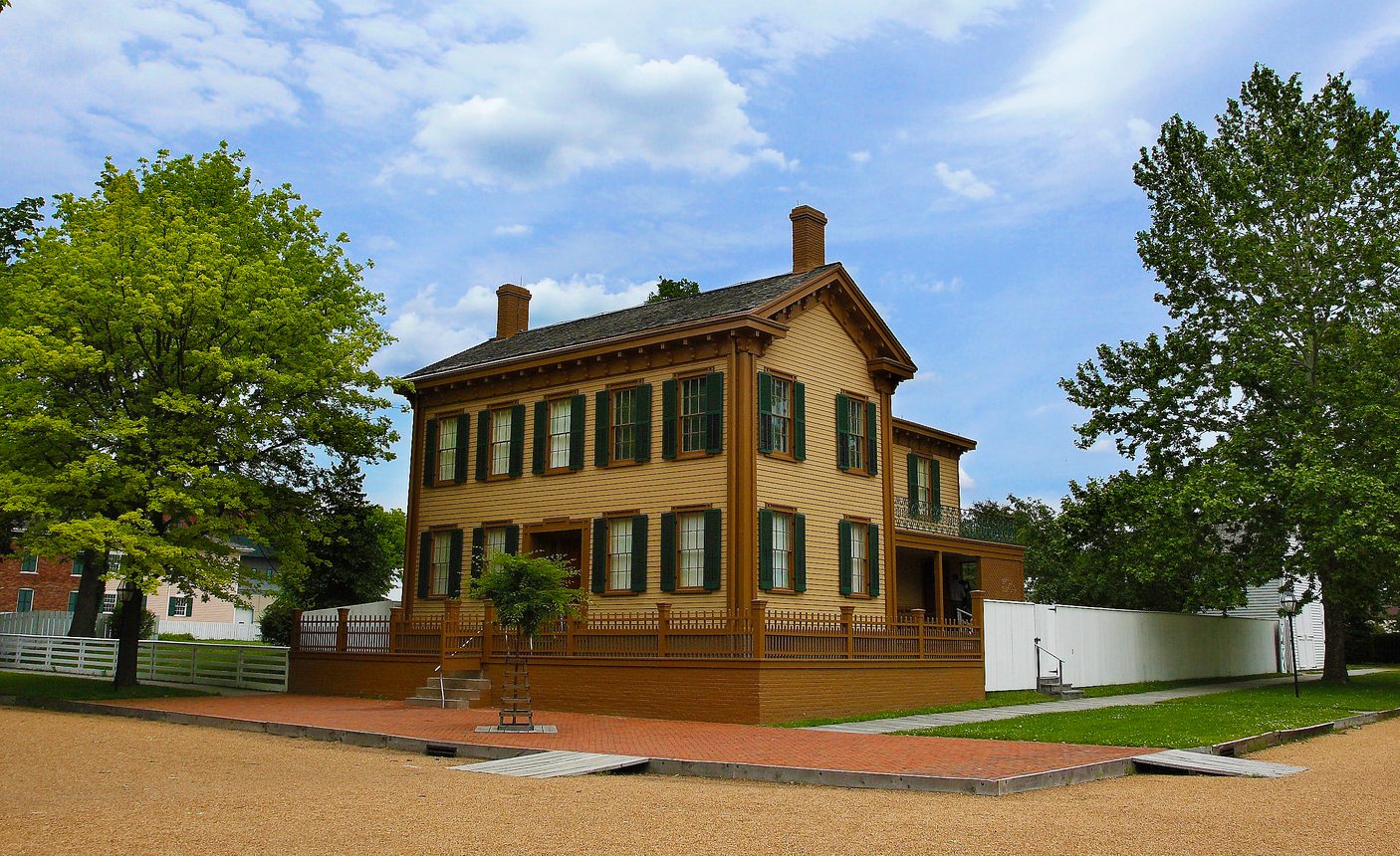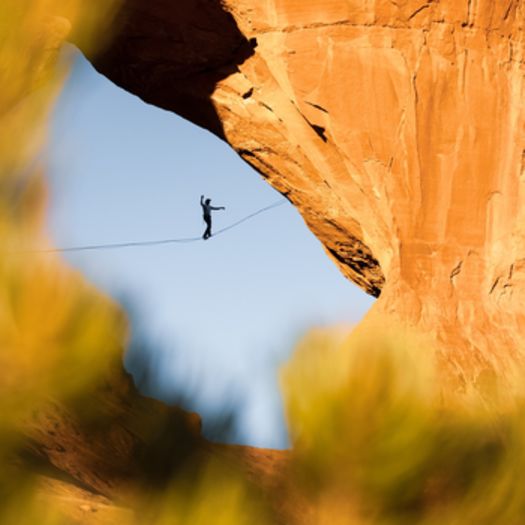RVing is all about road trips: Road trips to see America’s scenic wonders, our state and national parks, historical sites and the many backroads that connect small towns and farming communities that offer a trip back in time.
But some roads are destinations in themselves. And when it comes to history of roadways, there’s no greater landmark than Route 66, one of the nation’s first transcontinental highways, which makes its way over 2,448 miles from Chicago to Santa Monica, California, passing through eight states and three time zones.
While the original Route 66 still exists in many areas of the country, most of the route has either replaced by new Interstates, highways, or roads with other names that either overlap or parallel the original highway. But there are plenty of Route 66 guides available to help you find the original route, wherever you happen to be.
The good news for RVers is that there are also plenty of campgrounds and RV parks close to the original Route 66.
Following is a sampling of attractions along Route 66 from Chicago to Clinton, Oklahoma, which is just 90 minutes beyond Oklahoma City, along with suggestions on nearby campgrounds. We provide similar sightseeing and camping suggestions in a separate post, highlighting Route 66 attractions between Amarillo, Texas, and Santa Monica, California, which you can access here.
Route 66 starts at Grant Park in Chicago. From there, many guidebooks and websites recommend the following attractions:
ILLINOIS
Dwight
ATTRACTIONS
- Ambler's Texas Gas Station: The Ambler's Texaco Gas Station in Dwight has been identified as the longest operating gas station along Route 66, dispensing fuel for 66 continuous years until 1999! According to DrivingRoute66.com, “Ambler's was the subject of major restoration work from 2005–2007, and reopened as a Route 66 visitor's center in May 2007 staffed with knowledgeable and welcoming volunteers. The local community have really done a great job in restoring this to its former glory with help from funding via the Route 66 Corridor Preservation Program. The main office and canopy area has been taken back to the 1930s and the service bay area has been taken back to its 1940s appearance.”
- However, the architectural style dates back even further. “The look of Ambler's Texaco Station is commonly known as ‘house and canopy or ‘domestic style,’” according to DrivingRoute66. “The style was developed in 1916 by Standard Oil and consisted of a small house-like building with attached canopy. The style was meant to evoke feelings of home and comfort in order to make people feel more at ease buying goods. The building evokes feelings of early Route 66 tourism and is a great example of the architectural stylings of the time.”
Pontiac
ATTRACTIONS
- Route 66 Hall of Fame and Museum: This museum features thousands of artifacts that showcase the history of Route 66, including vintage cars, gas pumps, and road signs. It's also home to the late Bob Waldmire's bus and van! Visitors can also view a collection of Route 66 memorabilia, including postcards, maps, and photographs and visit the gift shop that sells Route 66 memorabilia.
- The museum also includes a “Route 66 Hall of Fame,” which honors individuals who have made significant contributions to the highway's history and preservation. Inductees include business owners, historians, and community leaders who have worked to keep the memory of Route 66 alive for future generations.
CAMPGROUNDS
Springfield
ATTRACTIONS
- Abraham Lincoln's Home in Springfield: During the summer of 2023, the Lincoln Home National Historic Site will partner with the city of Springfield to present free, public "History Comes Alive" programs in the Lincoln Home neighborhood. Programs will include guided walking tours of Lincoln's 8th Street home with National Park Service rangers and opportunities to try out historic toys and games.
CAMPGROUNDS

MISSOURI
ATTRACTIONS
- Gateway Arch: Standing 630 feet above its surroundings, including the Mississippi River, this famous arch near the Missouri-Illinois state line is 75 feet taller than the Washington Monument in Washington, D.C. Visitors to the arch can take a tram to the top. The can also visit the Gateway Arch Museum, whose exhibits describe the founding of St. Louis in 1764 and the characteristics of the indigenous and Creole cultures of St. Louis before the Louisiana Purchase. The museum also provides information on many other chapters of American history, including the Lewis and Clark expedition, which began in St. Louis, and the Riverfront Era when steamboats ruled the Mississippi River and transformed St. Louis into a bustling port city. Many Gateway Arch visitors complement their trip to St. Louis with a riverfront cruise.
- Fantastic Caverns in Springfield: This is quite literally a drive-through cave. A Jeep tram takes visitors into a magnificent cavern where ancient onyx formations grow up from the floor and hang down from the ceiling with colorful coats of moisture.
- Wilson Creek National Battlefield in Republic: Wilson's Creek was the first major Civil War battle fought west of the Mississippi River, and the site of the death of Nathaniel Lyon, the first Union general killed in action. The costly Southern victory on August 10, 1861, focused national attention on the war in Missouri. Wilson’s Creek National Battlefield commemorates and interprets the battle within the context of the war in the Trans-Mississippi West. The visitor center features a film, a battle map and a museum to provide an introduction to the battlefield and its relevance to the Civil War. Guided tours, historic weapon-firing demonstrations, trails and a picnic area are also available.
CAMPGROUNDS
- DraftKings at Casino Queen RV Park in East St. Louis
- Jellystone Park Camp-Resort in Eureka
- Springfield / Route 66 KOA Holiday in Springfield
- Sundermeier RV Park in St. Charles
OKLAHOMA
- The World's Tallest Totem Pole, Chelsea, Oklahoma: A retired shop teacher, Ed Galloway said he designed the 90-foot concrete totem pole as a tribute to Native Americans. “He said he wanted people to know that there was somebody here before us,” David Anderson, director of what is now called Ed Galloway's Totem Pole Park, said in an interview with RoadsideAmerica.
- Nearby campgrounds include:
- The Blue Whale of Catoosa, Catossa, Oklahoma: The whale was designed and built by Hugh S. Davis, a zoologist who created the whale as a place where his grandchildren could play and swim in a nearby pond. Davis built the 80-foot-long whale with a friend, completing it in 1972. While swimming is no allowed, the whale has become a popular picnic spot.
- Nearby campgrounds include:
- Pops 66 Soda Ranch, Arcadia, Oklahoma: This diner/gas station has one of the largest selections of sodas, sparkling waters, and fountain beverages in the U.S. Customers even have the option of order flavor shots to their drinks.
- Nearby campgrounds include:
- Oklahoma Route 66 Museum in Clinton: This museum gives visitors opportunities to encounter the iconic ideas, images, and myths of the Mother Road. Information is provided about the dreams and the labor needed to make the road a reality. Visitors can also learn about the Dust Bowl Days, from 1930 to 1936, when thousands streamed along Route 66, away from drought and despair, and towards the “land of promise” out West.
- Nearby campgrounds include:











